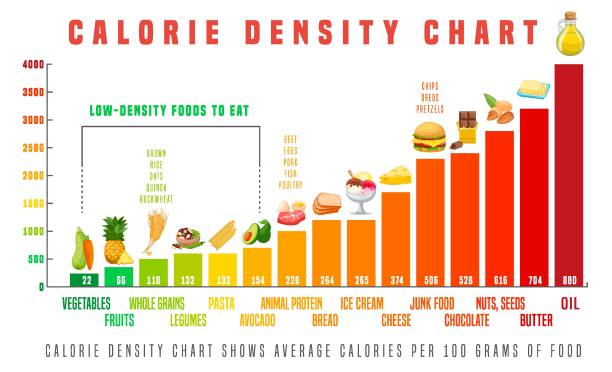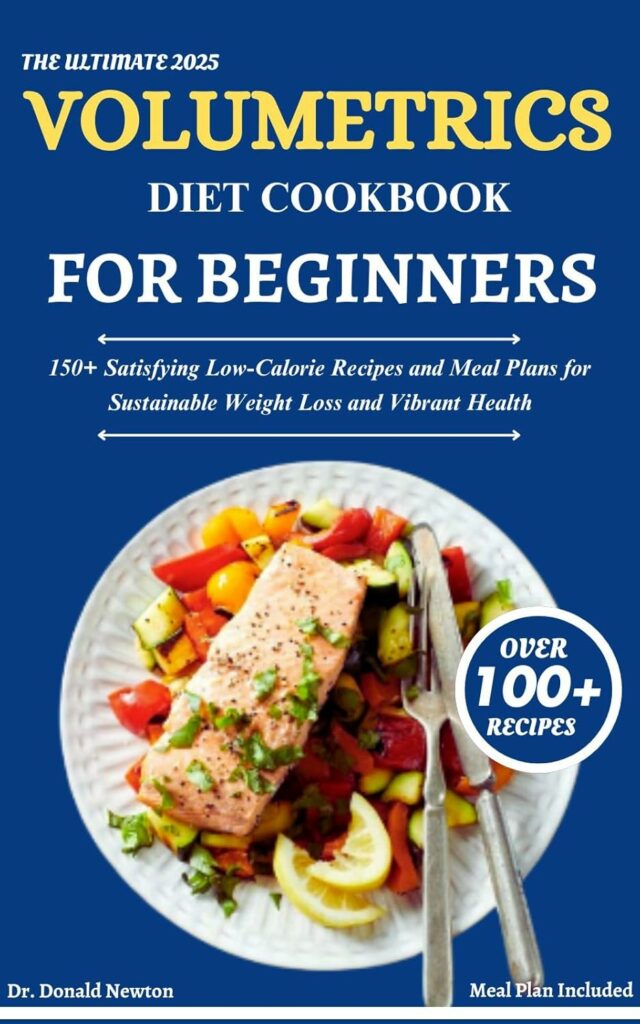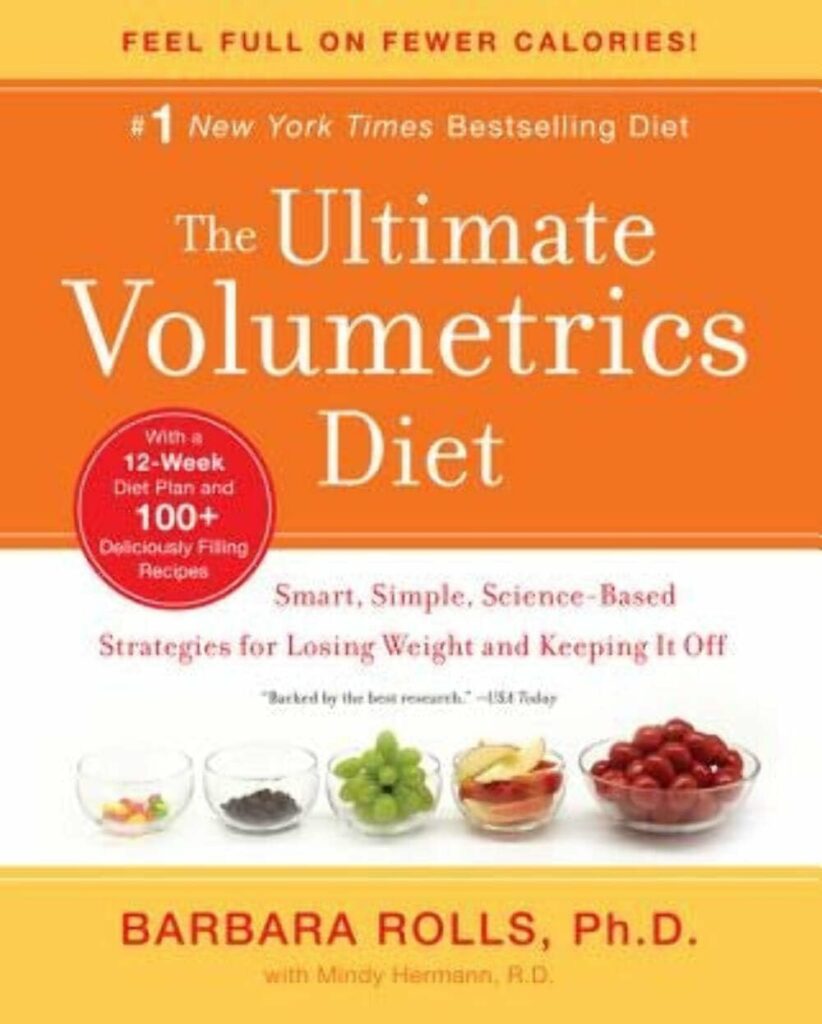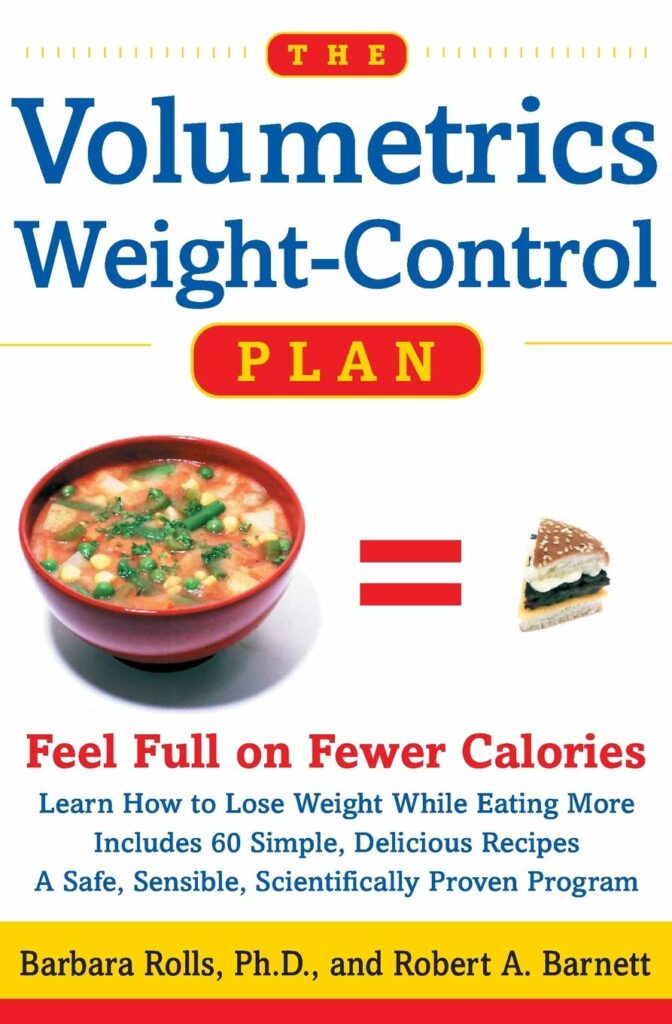
The Volumetrics Diet: Eat More, Weigh Less, and Feel Great
In the world of weight loss and healthy eating, the Volumetrics Diet stands out as a revolutionary approach that encourages eating more while still shedding pounds. Created by Dr. Barbara Rolls, the Volumetrics Diet focuses on the concept of energy density, allowing you to enjoy satisfying portions without excess calories. By prioritizing foods that are high in water and fiber content, the Diet helps you stay full, energized, and on track to meet your health goals.
What is the Volumetrics Diet?
The Volumetrics Diet is an evidence-based eating plan designed to help individuals lose weight by focusing on the volume of food rather than calorie restriction. It categorizes foods based on their energy density, encouraging the consumption of low-energy-dense foods like fruits, vegetables, and soups. This means you can eat larger portions of these foods while consuming fewer calories, making the Diet an enjoyable and sustainable option for long-term health.
At its core, the Volumetrics Diet emphasizes making smarter food choices rather than depriving yourself, ensuring a satisfying and balanced eating experience.
Benefits of the Volumetrics Diet
1. Sustainable Weight Loss
The Volumetrics Diet promotes gradual and sustainable weight loss by focusing on foods that fill you up without adding excessive calories.
2. Improved Nutritional Intake
By emphasizing fruits, vegetables, and whole grains, the Volumetrics Diet ensures a nutrient-rich eating pattern that supports overall health.
3. Enhanced Satiety
Foods with high water and fiber content keep you feeling full for longer, reducing the temptation to snack on unhealthy options.
4. Flexibility and Accessibility
The Diet doesn’t require expensive ingredients or complex meal plans, making it an accessible option for everyone.
5. Positive Lifestyle Changes
By teaching you to make better food choices, the Volumetrics Diet encourages lifelong habits that go beyond just weight loss.
How Does the Volumetrics Diet Work?
1. Understanding Energy Density
At the heart of the Volumetrics Diet is the concept of energy density, which measures the calories in a given weight or volume of food. Low-energy-dense foods, like cucumbers and strawberries, allow you to eat larger portions while consuming fewer calories.
2. Four Food Categories
The Diet divides foods into four categories:
- Category 1: Very low energy density (e.g., fruits, vegetables, broth-based soups)
- Category 2: Low energy density (e.g., whole grains, lean proteins, legumes)
- Category 3: Medium energy density (e.g., cheeses, bread, and higher-fat proteins)
- Category 4: High energy density (e.g., sweets, fried foods, nuts)
3. Filling Up First
Start meals with low-energy-dense foods like salads or broth-based soups to curb hunger and reduce overall calorie intake.
4. Incorporating Movement
While the Volumetrics Diet focuses on eating habits, it also encourages regular physical activity to enhance weight loss and overall health.
Key Components of the Diet
1. High-Water-Content Foods
Foods like watermelon, cucumbers, and soups are staples of the Volumetrics Diet because their high water content adds volume without extra calories.
2. Fiber-Rich Ingredients
Whole grains, beans, and vegetables provide essential fiber to keep you full and support digestive health.
3. Lean Proteins
Incorporating lean proteins such as chicken breast, tofu, or fish helps build muscle and keeps hunger at bay while aligning with the principles of the Diet.
4. Healthy Fats in Moderation
Avocados, nuts, and olive oil can be included in small portions to provide necessary nutrients without exceeding calorie limits.
5. Avoiding High-Energy-Dense Foods
Limit foods like chips, pastries, and sugary drinks that pack a lot of calories into small portions.
Tips for Success on the Diet
1. Plan Your Meals
Create meal plans that prioritize low-energy-dense foods. Preparing dishes like vegetable soups and salads ensures you always have diet-friendly options on hand.
2. Stay Hydrated
Drinking water throughout the day complements the Volumetrics Diet by enhancing the feeling of fullness and supporting overall health.
3. Experiment with Recipes
Explore creative recipes to keep your meals exciting. For example, try zucchini noodles instead of pasta or blend smoothies packed with high-water-content fruits.
4. Be Mindful of Portions
Even low-energy-dense foods should be consumed in appropriate portions to ensure balanced nutrition.
5. Track Your Progress
Keep a journal to monitor your meals, physical activity, and how you feel. This helps identify patterns and areas for improvement.

Sample Foods on the Diet
1. Fruits and Vegetables
- Apples
- Spinach
- Bell peppers
- Berries
2. Whole Grains
- Quinoa
- Barley
- Brown rice
3. Lean Proteins
- Skinless chicken
- Tofu
- White fish
4. Soups and Stews
- Broth-based vegetable soup
- Lentil stew
5. Healthy Snacks
- Air-popped popcorn
- Fresh fruit with a sprinkle of cinnamon
Why Choose the Volumetrics Diet?
The Volumetrics Diet is an excellent choice for anyone looking to lose weight without feeling deprived. Its focus on eating more of the right foods makes it enjoyable and easy to maintain. By prioritizing high-volume, low-calorie options, this diet supports not only weight loss but also overall health and wellness.
Conclusion: Embrace the Volumetrics Diet for Long-Term Success
The Volumetrics Diet offers a refreshing approach to healthy eating by allowing you to eat more while consuming fewer calories. Its emphasis on energy density and nutrient-rich foods makes it an accessible and sustainable choice for anyone looking to improve their health.
At Healthy Health Spot, we’re committed to providing the best resources and information on diets and healthy living. Explore our site for more insights, tips, and recipes to support your journey with the Volumetrics. Share your experiences, questions, and favorite meal ideas in the comments below—together, we can inspire healthier lifestyles for everyone!



